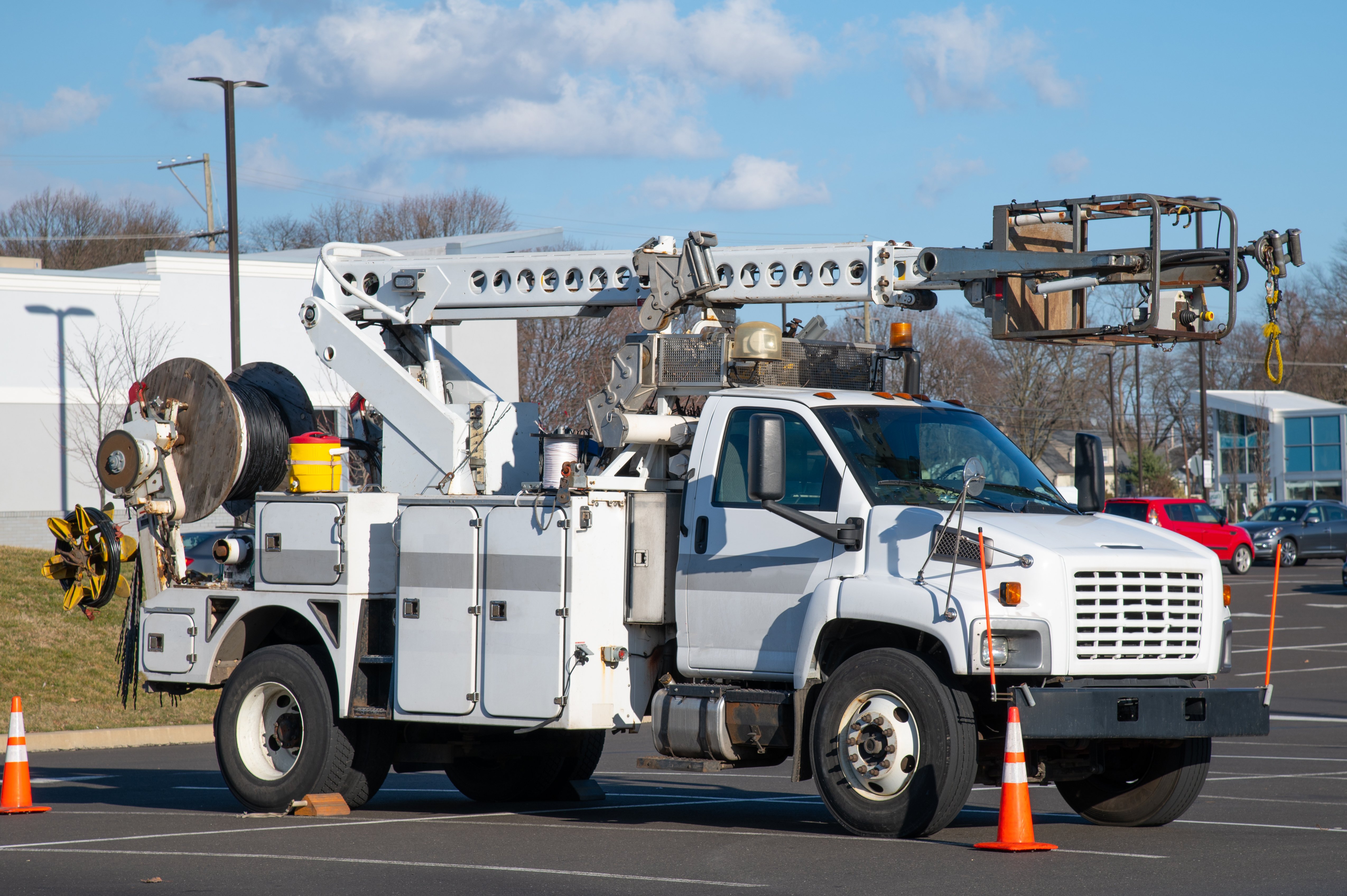
Contact-less delivery, fewer public transportation passengers, increased micro-mobility — driver attitudes and business policies have majorly impacted the transportation industry over the past two years due to pandemic challenges.
While these changes have completely disrupted the industry, there have been positive changes since the start of the pandemic. Perhaps most importantly, businesses have had to rethink how they operate and make innovative decisions to serve their customers and drivers.
What’s Changed?
Despite fewer workers, there has been increasing pressure on businesses to keep the industry afloat and ensure that freight and other essential workers can continue to work.
Businesses are trying to plan so that they’re prepared for a return to standard operations when the pandemic-related restrictions are lifted. No one can say for sure the long-term effects the pandemic may have on the transportation industry, but here are a few of the most significant changes so far, according to a report by Deloitte:
- Transportation departments must remain operational throughout the pandemic. Thus, many businesses have found a balance between reducing operations and offering enough capacity for each worker to perform social distancing.
- For those engaging in long-term investment programs, these programs are being replanned and reprioritized because of the decrease in revenue.
- Businesses are planning according to the availability of essential workers to make sure any staff with critical skills and training are present to keep networks operational.
- It’s also essential to plan for the potential that commuting and travel patterns don’t recover to their pre-pandemic conditions immediately.
The Impact of COVID-19
The pandemic has had a widespread impact on many people’s lives and the economy. One of the most considerable impacts on the transportation industry over the past two years has been decreased passenger transport demand. This reduction is mainly due to a combination of restrictions and the public’s fear of contracting and spreading the virus when using mass transportation.
Freight transport has also been slightly reduced. This reduction is due to both supply and demand issues and the need to keep essential services continuously operating. In comparison, data shows that passenger transport for both leisure and business travel has decreased by 65%.
The practical next steps to address the impact of the pandemic on the transportation industry include:
- Determining the cost and revenue implications of having low ridership and protecting the core assets.
- Protecting the availability of essential workers and using training to build up a larger number of available workers for key roles.
- Engaging with the government and other stakeholders to determine the requirements of the transportation network.
- Building several contingency plans for continuing service, considering a rapid surge in demand may follow.
Looking at the Bright Side
Despite the ways the pandemic has disrupted the industry, there are silver linings to come from the changes experienced over the past two years. Organizations have made fundamental changes in how they operate, innovate, and collaborate. These changes have positively impacted workers, customers, and the environment.
- Workplace safety procedures have taken a front seat over the past two years. Creating a safe environment for workers is a vital part of employee retention.
- Public transportation and rideshare companies have increased hygiene protocols to ensure the health and safety of drivers and passengers. What’s more, businesses have started to offer contactless deliveries and even deploy bikes with self-cleaning technology.
- Businesses and governments are working together to create innovative mobility solutions to support individuals and the economy. Telematics supports this evolution in micro-mobility, allowing for more connected and efficient fleets.
- The transportation industry continues to embrace sustainability. According to a May 2020 report by IEA, “At the end of 2019, the number of light-duty electric vehicles on the road exceeded 7 million. Along with rising market uptake of electric cars, lower costs and better battery performance are making truck and bus electrification attractive for certain operations, especially in cities.”
Addressing Pandemic Fatigue
Pandemic fatigue has been a popular buzzword over the past year. According to Scientific American, “pandemic fatigue is not really about exhaustion or tiredness or depleting a mental resource. Rather, pandemic fatigue should be understood in terms of motivation for the tasks we choose to do.”
Essentially, when people are faced with several new and complex tasks, they become more likely to feel burned out. As with many essential workers over the past two years, drivers are experiencing this fatigue like never before.
Here are a few tips which may help workers and drivers get back on track if they’re experiencing pandemic fatigue.
- Remain active: Exercise is a great way to cope with day-to-day stressors as it has a positive effect on a person’s mental well-being. Something as simple as walking around the block for just 20 minutes a day can make a huge difference.
- Take a pandemic break: Limit how often you look at the news and social media. Avoid having constant discussions about opinions on pandemic restrictions, which may set off negative feelings leading to more burnout. Taking a pandemic break means just that: Take a break!
- Talk with others: Discussing how you’re feeling and the difficulties you’re having can be calming and beneficial for you and those who work with you. Consider that many other people may be having similar frustrations, and talking it out may help both of you feel calmer. Venting is fine, but also try to keep the discussion positive and talk about the solutions that are working.
- Reframe your thoughts: Times are tough, especially for drivers and essential workers. During rough times, it is easy to look at the negatives. You may feel frustrated and burned out by the additional demands of the job. Remember to look at the big picture and see that many of these changes are temporary.
The future of COVID-19 and its impact on the transportation industry remains unknown. Despite the challenges, our drivers and their health and wellbeing are as essential as the vital services they provide. Employees at all levels must be considered in business practices moving forward.










